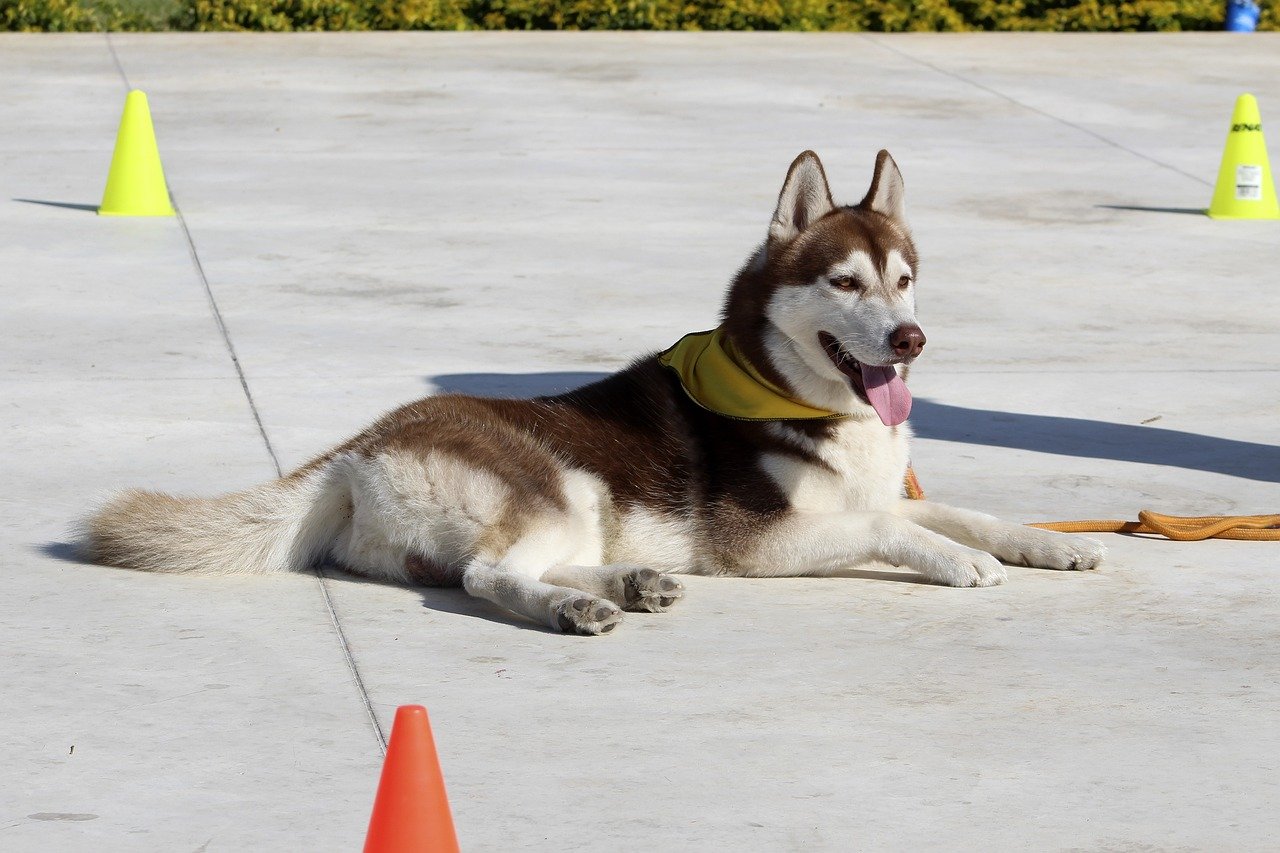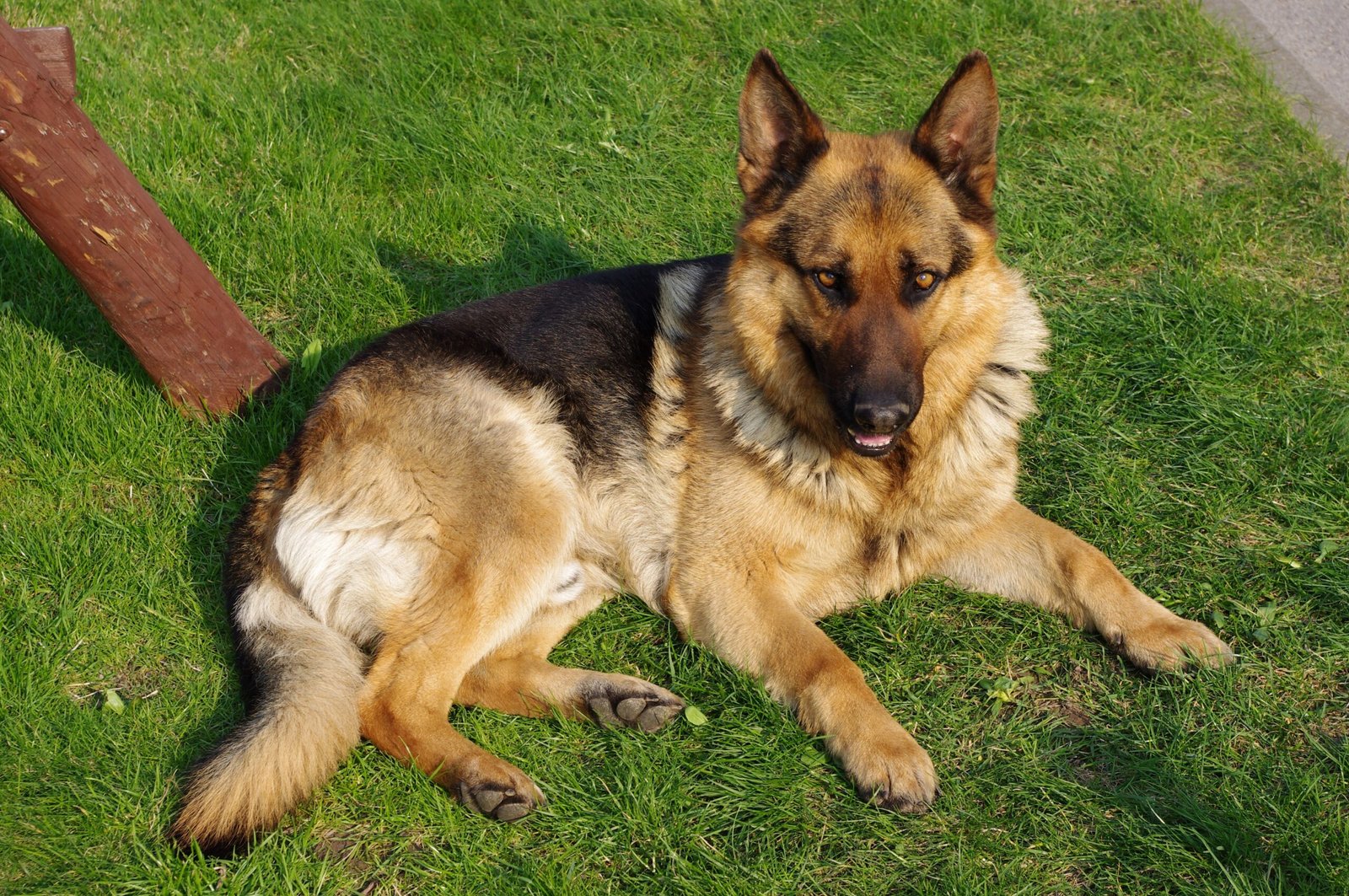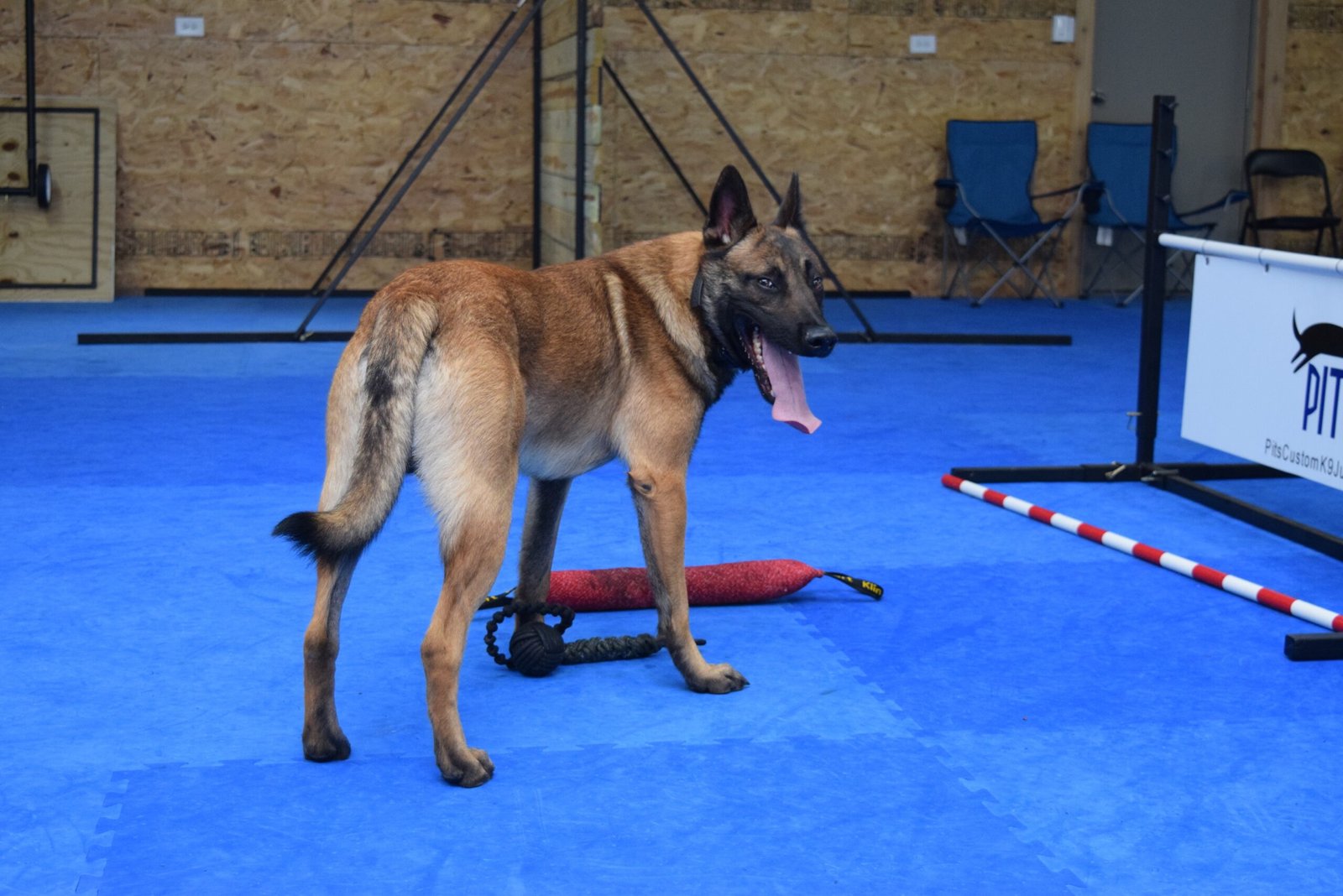Training a guard dog takes more than just teaching commands—it’s about building trust, consistency, and confidence. Many owners unintentionally make mistakes like being too harsh, skipping socialization, or encouraging aggression instead of control. Breeds like German Shepherds, Rottweilers, and Dobermans need clear guidance and positive reinforcement to thrive as both protectors and family companions. When done right, training helps these powerful pups stay balanced, loyal, and responsive. Avoiding common pitfalls can turn a good guard dog into a truly reliable one.
Neglecting Early Socialization

One of the biggest oversights is skipping the crucial early socialization phase. Many well-meaning owners believe a guard dog should be aloof and suspicious of everyone except family. But here’s the truth: a properly socialized guard dog is much safer and more reliable. Dogs that don’t meet a variety of people, animals, and environments as puppies often grow up fearful or overly aggressive. Imagine a guard dog that barks at every visitor — even Grandma. Early socialization teaches your dog to distinguish between real threats and normal, friendly situations. If you wait too long, those first impressions can be tough, or even impossible, to fix. Socialization is like giving your dog a map to the world; without it, they’re lost.
Using Harsh Punishment

It’s shocking how many people still believe in rough correction or physical punishment when training guard dogs. Maybe it’s from old movies or outdated advice, but harsh discipline can actually backfire. Not only does it erode trust, but it can also make your dog fearful, anxious, or even aggressive. If you yell, hit, or use prong collars to “teach a lesson,” you’re creating a ticking time bomb. Dogs learn best from positive reinforcement and clear boundaries, not fear. Think of it this way: would you trust someone who hurt you, or someone who guided you with patience and rewards? The difference is huge.
Failing to Set Boundaries
Some owners forget that guard dogs aren’t born knowing what’s allowed and what’s not. Without clear rules, your dog might think it’s okay to bark at every sound, jump on visitors, or run out the front door. Training a guard dog isn’t just about teaching them to protect — it’s about teaching them self-control. If you don’t set boundaries, you’ll end up with a dog that’s unpredictable. Dogs thrive on routine and consistency. Imagine trying to play a game where the rules change every day — you’d be frustrated, too! Setting boundaries early and sticking to them is the key to a balanced, confident protector.
Overlooking Basic Obedience

It’s easy to get caught up in the excitement of “advanced” guard dog skills, but skipping the basics is a huge mistake. Sit, stay, come, and heel aren’t just for show — they’re the building blocks of everything else. A dog that won’t listen to simple commands can’t be trusted with more complex tasks. Think of obedience as the foundation of a house; without it, everything else crumbles. Sometimes, people want their dog to be a superhero before they can even walk nicely on a leash. Start small, build up, and celebrate the basics.
Confusing Aggression With Protection

Many people wrongly assume that an aggressive dog is a good guard dog. But aggression isn’t the same as protection. A true guard dog is confident, calm, and only reacts when necessary. Dogs that snap, lunge, or bite without cause are dangerous — not protective. This mistake can lead to heartbreaking situations where a beloved pet causes harm. It’s vital to teach your dog discernment: not every stranger is a threat. A good guard dog knows when to stand down and when to step up. This isn’t about making your dog mean, it’s about making them smart.
Inconsistent Training Sessions

One day you let your dog on the couch, the next day you scold them for it. Or maybe you practice recall once a week and forget about it the rest of the time. Inconsistency is a silent killer of progress. Dogs thrive on repetition and routine. If your training sessions are random or infrequent, your dog will struggle to understand what’s expected. Imagine being taught how to ride a bike, but only getting on it once a month — you’d never get the hang of it. Daily, consistent training (even in short bursts) helps your guard dog learn and remember the rules.
Ignoring Mental and Physical Exercise

A bored guard dog is a recipe for disaster. Many people focus only on protection skills, forgetting that these intelligent, high-energy dogs need both mental and physical stimulation. Without enough exercise, your dog might develop destructive habits, anxiety, or even health problems. Guard dogs, like German Shepherds or Belgian Malinois, are athletes and thinkers. Give them puzzles, games, and plenty of walks or runs. When their body and mind are busy, they’re happier and more focused during training. It’s like sending a kid to school without recess — everyone needs a break!
Not Addressing Unwanted Behaviors Early

It’s easy to laugh when your puppy barks at the mailman or chews your shoes — but those cute quirks can quickly become big problems. Ignoring unwanted behaviors when dogs are young is a common mistake. Small issues grow into bigger ones, especially in breeds with strong guarding instincts. If your dog starts growling at visitors or jumping fences, deal with it right away. Early intervention is much easier than trying to correct an ingrained habit later. Think of it as pulling weeds from a garden — it’s much simpler when they’re small.
Expecting Quick Results

Training a guard dog isn’t a sprint, it’s a marathon. Some people get discouraged when their dog doesn’t learn a new skill overnight or gets frustrated after a few days of practice. This impatience can lead to giving up too soon or switching techniques too often, confusing your dog even more. Dogs, like people, learn at their own pace. Celebrate small victories and remember that progress takes time. Sometimes, weeks or even months are needed for a skill to stick. The journey might feel slow, but the results are worth every minute.
Trying to Train Without Professional Help

There’s no shame in asking for help! Many owners think they can train a guard dog entirely on their own, but some behaviors or situations require an expert’s touch. Professional trainers can spot subtle warning signs, teach advanced techniques, and help you avoid mistakes you might not even know you’re making. They’re like having a guide on a challenging hike — you could go alone, but it’s safer and smarter with someone who knows the terrain. Especially if your dog shows signs of aggression or anxiety, professional help can be a lifesaver.
Failing to Teach “Off Duty” Mode

A guard dog can’t be “on” all the time. Dogs need a way to relax and enjoy family life, too. Many owners forget to teach their guard dog when it’s okay to switch off and just be a pet. This balance prevents burnout, stress, and behavior problems. Having clear cues for work and play helps your dog understand what’s expected. It’s like a police officer taking off their uniform at home — everyone needs downtime. Teaching your dog to chill out is just as important as teaching them to be alert.
Ignoring Breed-Specific Needs

Not all guard dogs are created equal. Some breeds are naturally more protective, energetic, or sensitive than others. A mistake many people make is treating all guard dogs the same, without considering their unique traits. For example, a Rottweiler’s training needs may differ from a Doberman’s. Recognizing your dog’s breed-specific instincts and quirks helps you tailor your approach. It’s like teaching math to a room full of students — some need extra help, others need a challenge. Knowing your dog’s background is a huge advantage.
Not Providing Enough Positive Reinforcement

Dogs repeat what works — and nothing works better than praise, treats, and affection. Some owners focus too much on correcting mistakes and forget to celebrate good behavior. Without positive reinforcement, your dog may become discouraged or anxious. Every time your dog follows a command, reacts calmly, or makes the right choice, reward them! It’s like getting a gold star in school — everyone loves feeling appreciated. The more you reinforce the behaviors you want, the more often you’ll see them.
Not Practicing in Real-Life Situations

It’s easy for a dog to follow commands in the quiet of your living room, but what about outside with distractions? Many people forget to practice skills in real-life situations. Training in different environments helps your guard dog generalize commands and stay focused, even with noise, strangers, or other dogs around. It’s like learning to drive in an empty parking lot versus city traffic — the real test is outside your comfort zone. Gradually increasing distractions will make your dog a reliable protector, no matter what’s happening.
Letting Emotions Get in the Way

Having a guard dog can stir up strong emotions — pride, worry, frustration, or even fear. Sometimes, owners get angry during training or overly anxious about mistakes. Dogs are incredibly sensitive and can pick up on your mood. If you’re stressed or upset, your dog might become anxious or confused too. Staying calm, patient, and positive during training sets the tone for success. Remember, mistakes are part of the process — for both you and your dog. Keep your cool, and your dog will learn to do the same.
Training a guard dog isn’t just about protection—it’s about creating a calm, confident companion you can trust. Avoiding common mistakes like inconsistent commands or lack of socialization can make a big difference in your dog’s behavior and reliability. With the right approach, you’ll not only build a safer home but also a stronger bond with your pup. In the end, a well-trained guard dog is as much a loyal friend as they are a watchful protector.

Andrew Alpin from India is the Brand Manager of Doggo digest. Andrew is an experienced content specialist and social media manager with a passion for writing. His forte includes health and wellness, Travel, Animals, and Nature. A nature nomad, Andrew is obsessed with mountains and loves high-altitude trekking. He has been on several Himalayan treks in India including the Everest Base Camp in Nepal.






